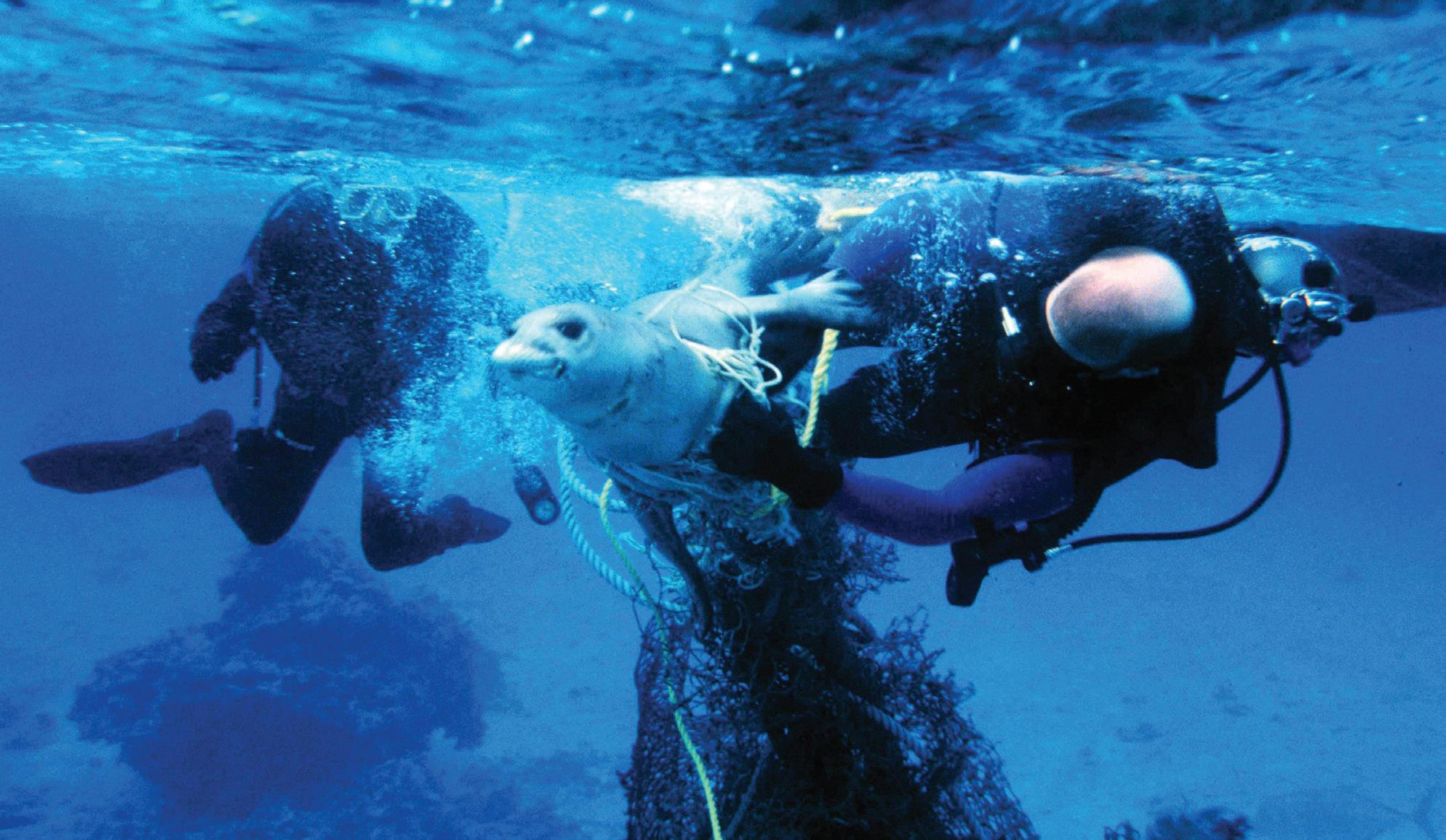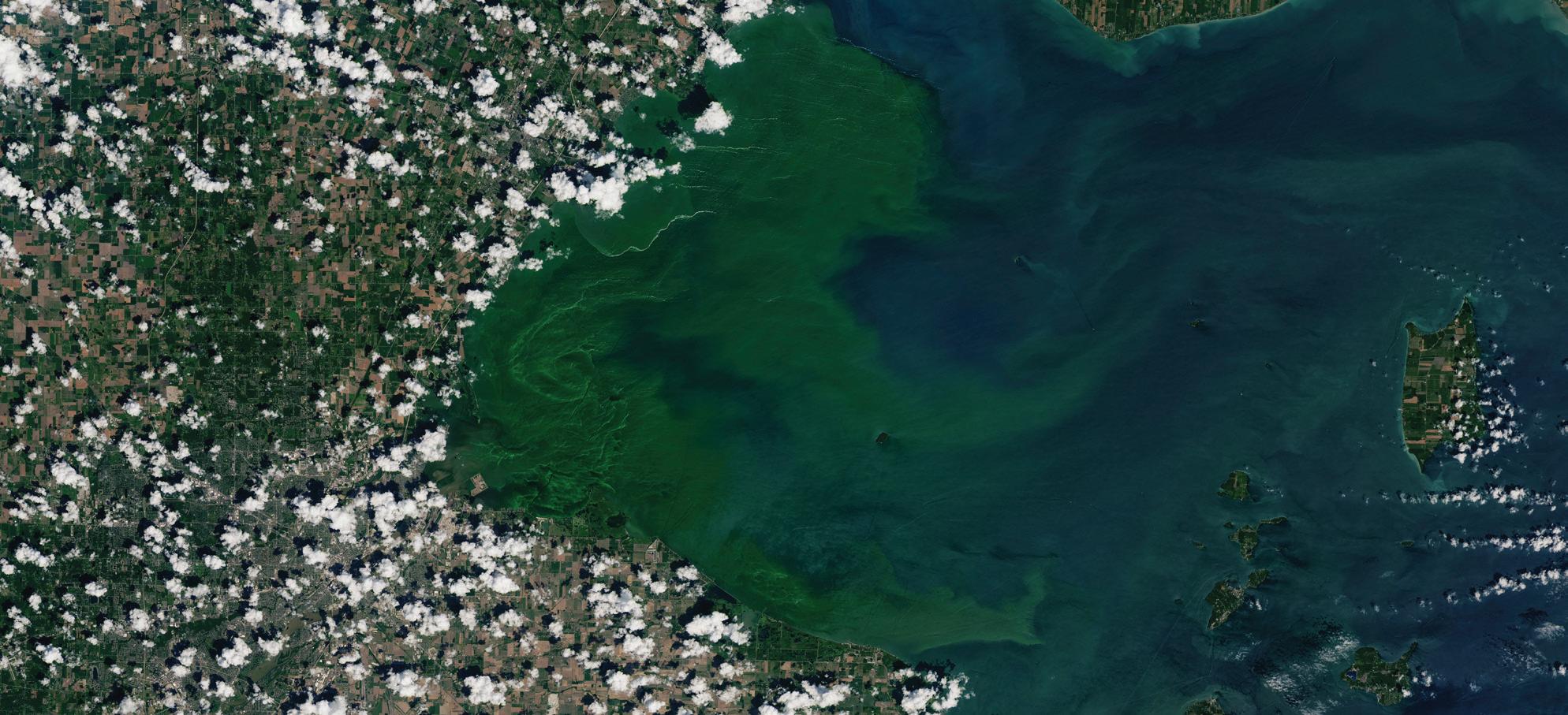NOAA Champions Dr. Robert White I First NOAA administrator Dr. Robert White became NOAA’s first administrator in 1972, following visionary leadership as the first Federal Coordinator of Meteorology and chief of the U.S. Weather Bureau. From the outset, Dr. White set a high bar for federal service by pioneering an approach to meteorology that linked it to observing, understanding, and interacting with the natural environment. He advocated for better weather predictions and improving the global weather observing system through satellites, and he is widely recognized as an early proponent of developing a capability to observe and understand global climate change.
Rear Adm. Evelyn Fields I First woman and African American to lead the NOAA Corps Rear Adm. Evelyn Fields was not afraid to take risks – a characteristic that brought her a few “firsts” in her NOAA Corps career, including becoming the first woman and the first African American to hold the position of director of the NOAA Corps and Office of Marine and Aviation Operations. As a new graduate in 1972 with a degree in math, Fields’ first career position was as a cartographer at NOAA’s Atlantic Marine Center in Norfolk, Virginia, where she worked on nautical charting surveys. She was there less than a year when the NOAA Corps began recruiting women as commissioned officers. Fields became the first African American female to join the Corps. By 1989, she was the first woman to command a NOAA ship. In 1999, she reached the rank of rear admiral and took the helm as NOAA Corps Director.
Dr. David Simonds Johnson I Pioneer in satellite technology Weather forecasting took off in a big way in the 1950s thanks in large part to Dr. David Simonds Johnson, a meteorologist who played a key role in creating the nation’s weather satellite program. Dr. Johnson was the founding director of the National Weather Satellite Center and directed its successors, the National Environmental Satellite Service and the NOAA National Environmental Satellite, Data and Information Service (NESDIS). In 1976, he became NOAA’s first assistant administrator for satellites and data. During his tenure, NOAA launched two series of weather satellites that provided observations of the entire earth twice daily to weather services around the world.
Dr. Nancy Foster dedicated 23 years of outstanding service to NOAA, leaving a remarkable imprint on the agency. She is known for her mentorship – particularly of women in science – and as a champion of diversity. A marine biologist, Foster began her NOAA career in 1977 with the Office of Research and Development, followed by nine years leading the National Marine Sanctuary Program and the National Estuarine Research Reserve Program. Much of the success of the sanctuary program is attributable to her tenure in its early years and through her long-term support and advocacy. From 1986 to 1993, she was director of the NOAA Fisheries Office of Protected Resources. She also created the NOAA Habitat Restoration Center and the NOAA Chesapeake Bay Office. She was a key player in developing the Marine Mammal Health and Stranding Act, which established the Marine Mammal Stranding Network. Dr. Foster helped lead NOAA Fisheries until 1997, where she helped to create a more efficient, responsive, and scientifically rigorous agency, before leading the National Ocean Service.
Dr. Elbert W. “Joe” Friday I Catalyst for National Weather Service modernization Dr. Elbert W. “Joe” Friday was appointed the deputy director of the National Weather Service in 1981, and the director in 1988. In his role as deputy, Friday was responsible for developing a plan to modernize the agency, a plan that he later implemented as director. The modernization and associated restructuring, or MAR, vastly modernized the agency’s observational infrastructure, radically changed the NWS field office structure and staffed them with degreed meteorologists and hyrologists with advanced training in the new systems to ensure more rapid detection of storms and deliver timely forecasts and warnings to the public. The modernization Dr. Friday oversaw significantly improved weather forecasts and warnings. Dr. Friday served as director of the NWS until 1997; his work to modernize the agency is among his proudest achievements.
8
NOAA PHOTOS
Dr. Nancy Foster I Leader and mentor









































